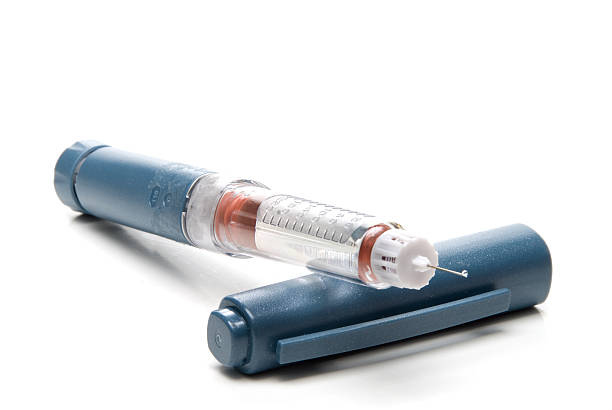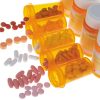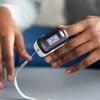- Empty cart.
- Continue Shopping
How to Use an Insulin Pen for Diabetes Management

Diabetes management is a critical aspect of maintaining a healthy and fulfilling life for individuals diagnosed with this condition. Among the various tools available, the insulin pen has become a popular choice due to its convenience, accuracy, and ease of use.
Understanding Insulin Pens
Types of Insulin Pens
Before diving into the practical steps, it’s important to familiarize yourself with the types of insulin pens available. There are two main categories: disposable and reusable pens.
Disposable Pens: These come pre-filled with insulin and are discarded after use. They are convenient for individuals who prefer not to handle insulin cartridges or need the simplicity of a one-time-use device.
Reusable Pens: These pens use replaceable insulin cartridges, allowing for multiple uses with the same pen body. They are more environmentally friendly and can be more cost-effective in the long run.
Components of an Insulin Pen
To effectively use an insulin pen, it’s essential to understand its key components:
- Pen Body: This is the main part of the insulin pen, housing the insulin cartridge and the mechanism for dose adjustment.
- Insulin Cartridge: Contains the insulin. In disposable pens, this is non-replaceable, while in reusable pens, it can be swapped out.
- Dose Dial: Used to select the desired insulin dosage. It’s important to be precise with this step to ensure accurate administration.
- Needle: Attaches to the pen for insulin delivery. Needles come in various lengths, and your healthcare provider will advise on the most suitable option.
Preparing for Injection
Step 1: Gather Supplies
Before you begin, make sure you have all the necessary supplies within reach. This includes:
- Insulin pen
- Alcohol swab
- Cotton ball or gauze pad
- Sharps container for safe needle disposal
Step 2: Wash Your Hands
Thoroughly wash your hands with soap and water. This helps prevent infection and ensures a clean injection site.
Step 3: Check Insulin
Examine the insulin in the cartridge for any unusual discoloration or particles. If you notice anything unusual, do not use it. Contact your healthcare provider for guidance.
Administering the Insulin
Step 4: Prime the Pen
Before every injection, it’s crucial to prime the pen. This ensures that any air bubbles are removed, and you receive the correct dosage. To do this:
- Dial the pen to 2 units.
- Hold the pen with the needle pointing upwards.
- Press the dose button and observe a stream of insulin. If no insulin appears, repeat until it does.
Step 5: Select the Dose
Now it’s time to select your dosage. Turn the dose dial to the prescribed amount, ensuring that you align the correct number with the pointer on the pen.
Step 6: Prepare the Injection Site
Using an alcohol swab, clean the injection site. Allow it to air dry or use a cotton ball or gauze pad if needed.
Step 7: Administer the Insulin
Hold the pen at a 90-degree angle to the skin, ensuring that the needle fully penetrates. Press the dose button and wait for a few seconds to ensure all the insulin is delivered.
Step 8: Remove the Needle
Withdraw the needle at the same angle it was inserted. Dispose of the used needle in a sharps container immediately.
In conclusion, using an insulin pen for diabetes management can greatly enhance the quality of life for individuals with diabetes. By understanding the different types of pens, their components, and following the step-by-step guide provided, you can confidently incorporate this valuable tool into your daily routine. Always consult with your healthcare provider for personalized guidance and support in managing your diabetes effectively. Remember, consistency and accuracy are key in achieving optimal results.








